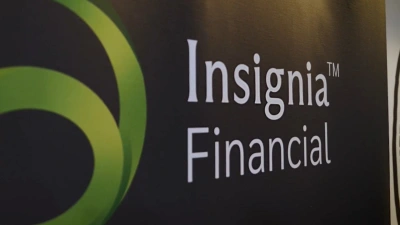Further rate cuts extraordinarily unlikely


The Reserve Bank of Australia (RBA) has said it is “extraordinarily unlikely” that the central bank would cut to negative rates.
In a speech to the House of Representatives Standing Committee on Economics, RBA governor Philip Lowe said he expected gross domestic product (GDP) growth would be positive in both the September and the December quarter thanks to medical breakthroughs regarding a vaccine and the lower unemployment rate.
While the central bank had already cut rates twice, from 0.5% to 0.1%, Lowe batted away any concerns that might fall into negative territory. This was despite comments in the November rate from 0.25% to 0.1% that the bank would “be prepared to do more” when it came to interest rates which had led to expectations they could turn negative.
Rates were already negative in Japan, Denmark and Switzerland.
Lowe said: “The board will continue to review the details of this package at our future meetings. We are prepared to do more, if that is required. Having said that, we are still of the view that a negative policy interest rate in Australia is extraordinarily unlikely, with any benefits being outweighed by the costs.
“How any given Australian is affected depends very much on their own financial situation. As we have discussed at previous hearings, people who rely on interest as a significant source of income find this a difficult time.”
However, this did not mean Australia’s recovery would not be “uneven and bumpy” and that it would take until the end of 2021 to reach the levels of output at the end of 2019.
“Some part of the economy are doing quite well but others are in considerable difficulty. Even with the overall economy now growing solidly, it will not be until the end of 2021 that we again reach the level of output recorded at the end of 2019,” Lowe said.
“The unemployment rate currently stands at 7% and we are expecting it to be still above 6% in two years time.”
Stephen Miller, investment strategy consultant at GSFM, said: “The overarching message, however, is that accommodative policy is here for an extended period and is firmly focussed on returning the economy to full employment and wage outcomes consistent with inflation comfortably within the 2% to 3% band”.
Recommended for you
A financial advice firm has been penalised $11 million in the Federal Court for providing ‘cookie cutter advice’ to its clients and breaching conflicted remuneration rules.
Insignia Financial has experienced total quarterly net outflows of $1.8 billion as a result of client rebalancing, while its multi-asset flows halved from the prior quarter.
Prime Financial is looking to shed its “sleeping giant” reputation with larger M&A transactions going forward, having agreed to acquire research firm Lincoln Indicators.
An affiliate of Pinnacle Investment Management has expanded its reach with a London office as the fund manager seeks to grow its overseas distribution into the UK and Europe.















